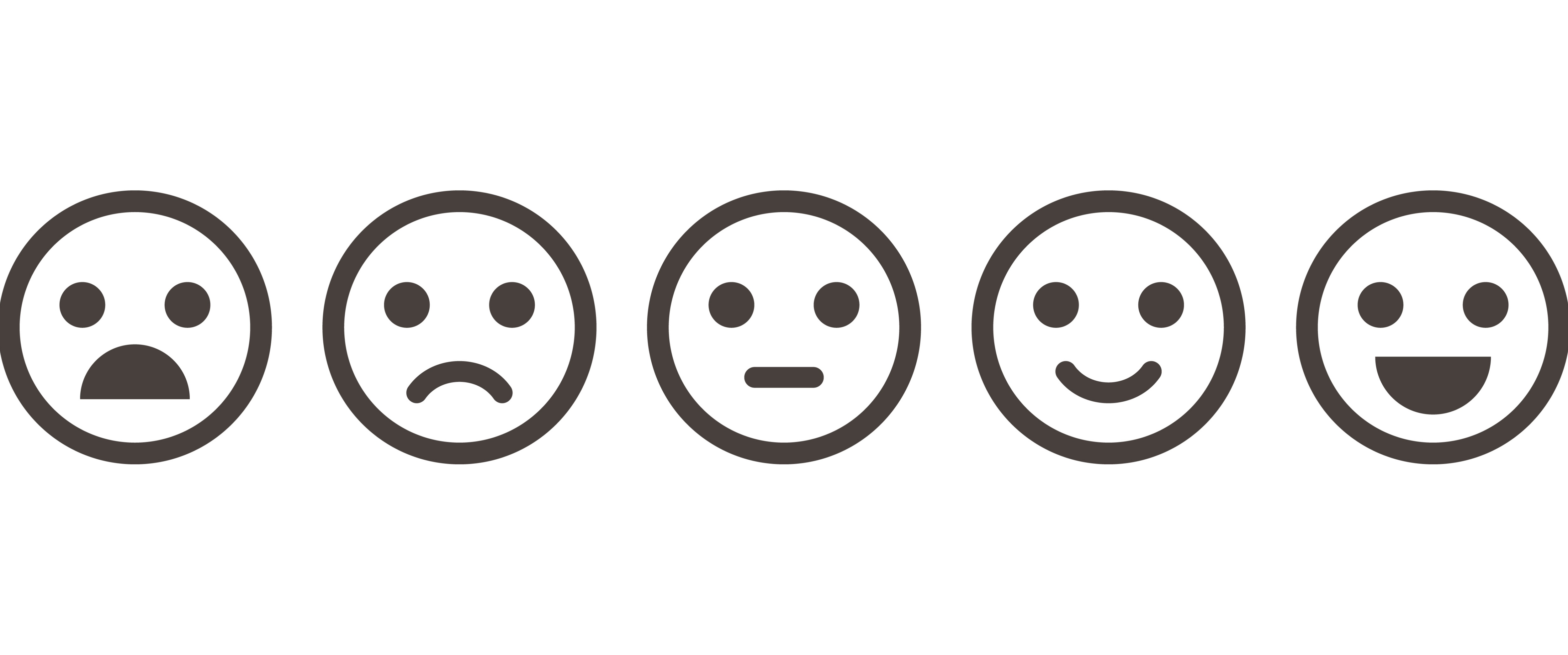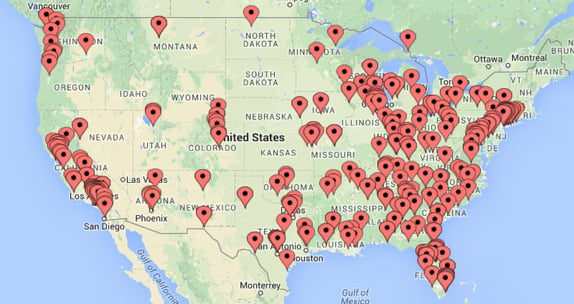
It comes as little surprise that candy is the topmost item on Halloween shoppers’ lists. But it takes the right kind of mobile market research to get to the “why” behind the buy, and MFour’s recent survey of 1,800 U.S. consumers who plan to celebrate Halloween illuminates what really counts: even when the candy is presumably for little trick-or-treaters, adults are most likely to buy what tickles their own palates.
Fielded in mid-October, with the Halloween shopping season surging toward its Oct. 31 climax, the study located demographically representative natural shoppers in big box stores. All belong to the only all-mobile, first-party consumer panel, whose members participate via their smartphones, using the pioneering mobile research app, Surveys On the Go®.
Results showed that 71% of respondents had bought Halloween candy within the previous 48 hours. But for many, candy-shopping was hardly over: 36% of respondents said they expected to buy more candy before the holiday arrived. As to the "why" behind the buy:
- Among all respondents, 29% said their own personal preference is the most important factor in deciding which kind of candy to buy.
- Other leading factors were “price,” cited as most important by 24% of respondents, and “value,” cited by 19%.
- 16% said quality was most important.
- Among parents, 20% said they primarily select their own favorite candy, and 20% said their kids’ tastes come first, and they pick the Halloween candy their children like best.
- Among respondents who are not parents, 40% said they went for their personal favorite. Such are the sacrifices of parenthood, and the little indulgences that come with not having to placate one’s own little angels and monsters.
In all, 64% of the mid-October respondents said they still had some Halloween shopping to do in the remaining days before Oct. 31. That presents bountiful opportunities across several product categories – and a continuing advantage for retailers and brands that can quickly grab consumer insights that speak to Halloween shoppers’ preferences and motivations.
Among the most useful quick-turnaround approaches are mobile in-store surveys, such as the one MFour conducted to get those 1,800 fast completes over a single mid-October weekend.
In addition to the kinds of data exemplified by this study, marketers and consumer insights professionals can get a uniquely rich understanding of holiday shoppers and product-intenders by locating them in-store and then following them through the aisles.
Let them be your brand’s or your store's auditors, telling and showing you whether your products are shelved in the right places to maximize sales. Also, are in-store displays set up properly and having the desired impact? Are these validated shoppers satisfied with the store's layout, cleanliness and service?
Smartphone photo and video capabilities give you ironclad validation of what shoppers are encountering in the aisles. And by asking respondents to make “video selfies,” you’ll get the most vivid, in-their-own-words testimony to reveal the emotional context behind the “why.”
Mobile-app location studies are also your best safeguard against the recall decay that erodes the quality of online consumer research. Questions that begin with phrases such as “thinking back on your last visit to a store…” are inherently at risk of failure due to distorted memories. The answers are far more reliable when you know exactly where and when that visit occurred, and gather responses during or just after the visit, before recall bias sets in.
In our Halloween survey, respondents received push notifications of a survey opportunity after they had been located as they entered a Target or Walmart store. They were required to answer within 48 hours to ensure against recall bias.
Among respondents who said they still had Halloween shopping to do during the coming two weeks:
- As noted, 36% expected to buy candy.
- 30% were still looking for costumes.
- 24% intended to shop for pumpkins.
- 22% were still shopping for decorations.
- 16% were looking to buy materials for homemade decorations.
- 10% were going to buy materials needed to make their own costumes.
- 13% intended to buy alcoholic beverages for their Halloween celebrations.
Consumers in this group are not necessarily procrastinators. 84% of those who said they still had more holiday shopping to do also said they had, in fact, made a Halloween purchase during the same store visit in which they received the survey invitation. 70% said they had bought candy during that visit, 49% had bought decorations, 33% had bought costumes, and 31% had purchased pumpkins. Again, by requiring responses within 48 hours, the study decisively minimized recall bias. Typically, mobile surveys fielded via SOTG have a 25% response rate within an hour, and 50% within 24 hours. The result is data you can trust.
Asked where they intend to shop for those upcoming Halloween purchases, most favored big box retailers across the major Halloween product categories. 60% said they would shop big boxes such as Target or Walmart for candy, 58% for decorations, and 34% for costumes.
The next most-favored stores were grocery stores for candy (12%), party stores for decorations (13%), and Halloween specialty stores for costumes (22%). Online shopping figured prominently for costumes (20% of respondents), but less so for decorations (6%). Only 3% of respondents said they most often buy Halloween candy from an online store.
We’ll throw in a few more fun facts from the survey:
- About half of the survey participants said they planned to wear a costume as part of their Halloween celebration.
- Witches of various kinds were the most popular (5%).
- Next came cats (3.6%) and characters from the “Batman” franchise – Batman, the Joker, the Riddler and Cat Woman (3.5%).
- Other favorites were vampires, zombies and pirates (2.4% each), and skeletons (2.2%).
Ten respondents said they would dress as current celebrities, including two each for Donald Trump and Britney Spears. Taylor Swift, Cher, Tom Cruise, Conor McGregor, Mike Ditka and children’s TV stars the Kratt Brothers also can expect to have doppelgangers moving about on Halloween.
To learn more about how to dress your research for success and end your reliance on data that's just masquerading as reality, just get in touch by clicking here.







